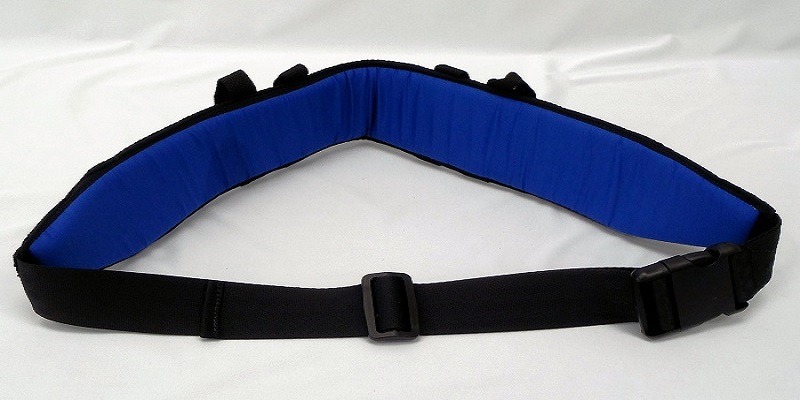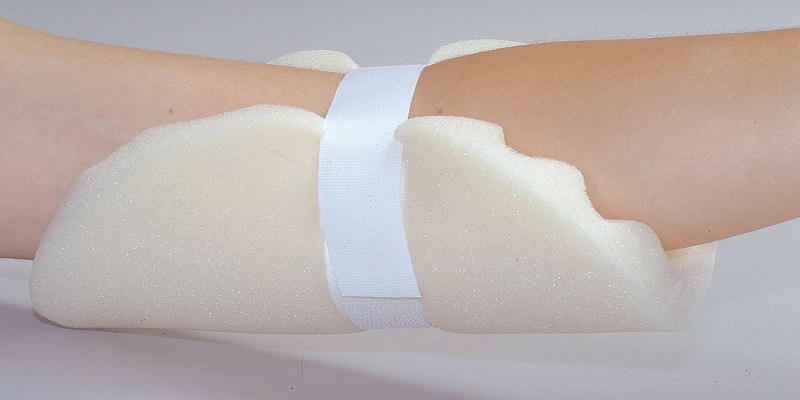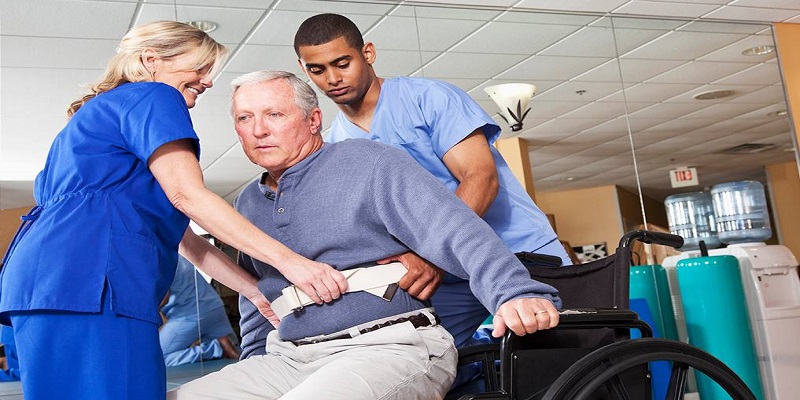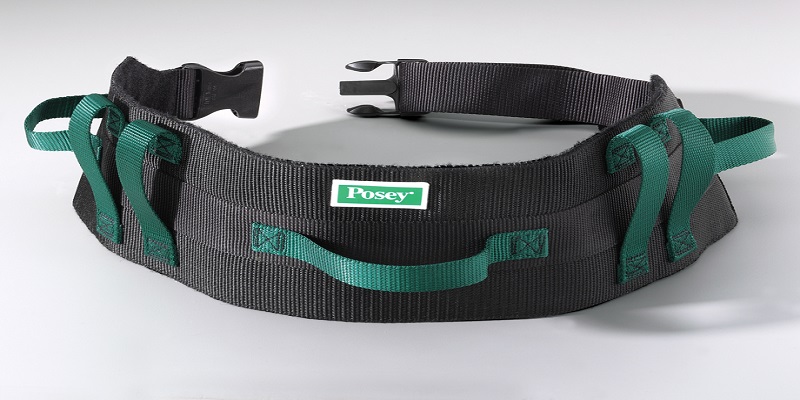
What is a Transfer Belt?
Transfer belts are mostly used by caregivers to help a patient with mobility issues to move from one point to another. A patent with balancing problems will need assistance when standing up either from a wheelchair or a bed. Transfer belts with handles help prevent the caregiver from grasping the patient which may cause discomfort to both of them.
They will need assistance from time to time with simple activities like moving out of the car, using the bathroom, getting out or into the bed or a wheelchair also when they need to take a shower. Due to their physical limitations to movement, a caregiver needs to help them walk them around safely without the risk of a backs train and falls that can cause injuries.
A transfer belt for patients comes in handy in such situations. They are designed in different shapes, sizes and styles to accommodate various categories of patients and give the caregiver an easy time while taking care of their loved ones. These are mostly made of cotton, nylon, canvas or leather, and 50 to 60 inches long with a width of 1 1⁄2 to 4 inches. They have buckles and handles that help caregiver balance and have a firm grip when handling a patient.
However, when shopping for a transfer belt for patients, you may consider the following factors, to guide you in finding the right one suiting your needs:
-
Material Used to Make the Gait Transfer Belt
Even though the nylon material is easy to clean and strong, for extra comfort to the patient, you might need to consider a transfer gait belt made with cotton material. It reduces discomfort to the patient and skin irritation. If used around the waist and abdomen, the custom gait belt offers comfort without sliding up.
-
Consider the Number of Straps and Handles for Transfer Belts
When looking for transfer belts with handles, getting one that has several strap handles might be a good idea. The straps and handles offer several points to grab with maximum flexibility to the caregiver.
-
Weight of the Patient
The weight of the person plays a significant role when getting a transfer belt with handles. You may need to purchase a universal belt that accommodates all sizes to ensure the comfort of both the caregiver and the patient. Some belts are designed to go around the back and the knees which make it easy to lift a patient of any size.
Transferring a patient should not be an uphill task for caregivers and nurses. Choosing the right belt that fits the patient with the right quantity of transfer belt with handles will make the transfer and ambulating process easy. It helps the risk of injuries and embarrassment.






